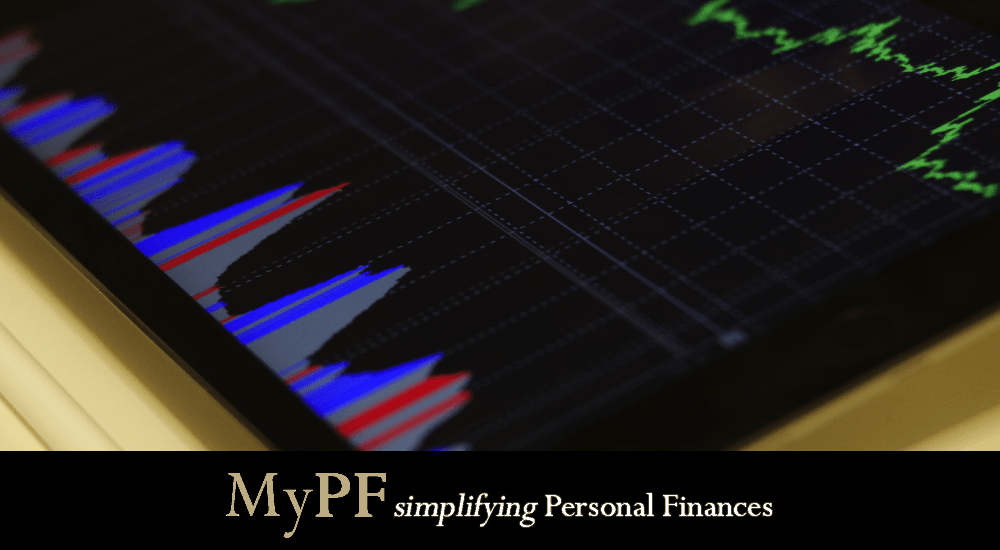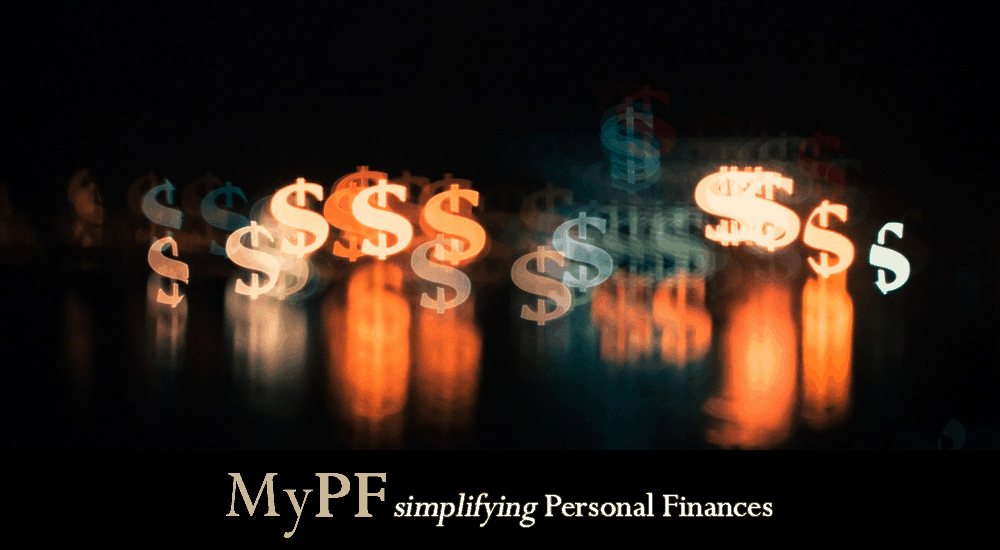A financial bubble such as a stock market bubble, occurs when stock prices greatly surpass the fundamental value of the companies behind them, resulting in a speculative frenzy. When traders acquire assets seemingly heedless of their worth, a market as a whole can be in a bubble.
A bubble is a time of tremendous overvaluation during which speculators bid up equities indiscriminately. These moments are frequently fueled by a new business story that promises to change the world.
Analysts are interested in learning more about these companies’ financial indicators, such as their price-to-earnings or price-to-book ratios. While they are unquestionably significant, the indicators of a bubble are not solely based on financial data. After all, a bubble is the outcome of specific psychology, so if you truly want to detect one, look at how people are acting.
The most telling sign is when you witness individuals purchasing something because they are afraid of missing out. They’ve heard there’s easy money to be had, and they want to make sure they’re a part of it.
Contents
How To Spot A Potential Financial Bubble
#1. Entry Of New Investors
The average age of new investors is decreasing, and the mix is shifting toward tier 2 and 3 markets. This shows that the market is seeing an influx of new investors with insufficient experience.
In the last 15 months, the majority of them have only witnessed a one-way upward run. The market is like a pendulum in the near term, and we must study the behavior of new investors during a downturn to determine whether retail involvement can be sustained.
#2. Leverage Play
To profit from the upswing, clients are eager to take on more leverage. (The act of borrowing money to speculate in the market is known as leverage, and it is usually funded by the broker or an NBFC.) The margin-funding book of most broking businesses has doubled in the last year.
Leverage can be a double-edged sword. Leverage boosts returns in good times and takes away a lot of cash earned when the market is growing during a downturn, which is almost always unavoidable. Leverage, if not used properly, can result in more harm than good for investors, particularly if they approach assets as speculators rather than long-term investors.
#3. High-Risk Appetite
Because investor risk appetite is very strong at this point, raising money without difficulty is one of the most telling signals of market sentiment.
Investors are willing to put more money into asset classes that have performed exceptionally well in previous years than they would otherwise. This sentiment is reflected in record new fund collections, grey market premium (GMP), and huge IPO subscriptions (bids surpassing 100 times the amount on offer).
#4. Big-Ticket IPOs
Large IPOs are starting to flood the market and are becoming oversubscribed, which is another symptom of a potential bubble.
When new, loss-making companies do initial public offerings (IPOs), most investors sell their long-term wealth creator stocks to participate in the new stock ideas that are receiving all of the publicity at the time. When making investment judgments in new-age start-ups, we must keep in mind the base rate of success. Few of these businesses are likely to become wealth producers in the future.
It’s a large assumption to claim that all new-age companies would perform like Amazon or Netflix, and only long-term evidence can sustain such a strong narrative.
#5. Predictive Power
Checking the level of confidence among market players in future predictions is another measure of market excitement. Past market-earnings expectations have been overly optimistic, but reality has proven to be grim for a variety of reasons.
We should allow our investment businesses to outperform our conservative expectations.
#6. Small-Cap Trades
Small-cap companies have seen significantly bigger increases in traded volume in recent months than firms with larger capitalizations, more liquidity, and a larger investor base.
It’s best to avoid trading or investing in equities that are lightly traded or have little institutional coverage. When the tide reverses, companies with weak fundamentals may experience permanent price reductions from current levels.
#7. Sudden Rise In Valuations
During each market cycle, only a few sectors or types of equities receive all of the attention.
Take as an example, a company that had a significant boost in business as a result of COVID-19. Profit nearly doubled between FY20 and FY21, during which the country’s economy experienced one of the greatest downturns in history.
Examples Of A Stock Market Bubble
#1. The Dotcom Bubble
During the years 1999-2000, the internet’s allure enticed many traders to purchase anything even loosely related to it, even if the company did not have a viable business model.
While some corporate behemoths arose from the bubble, such as Amazon, many dotcoms quickly devolved into dot-bombs, eventually going bankrupt. Other dotcom firms that made it through the disaster lost 90% or more of their value and never completely recovered.
#2. The Housing Bubble
Low loan rates (which existed as a measure to ease the effect of the dotcom burst) and the idea that real estate never drops in value propelled housing to fast appreciation in the aftermath of the dotcom boom. Housing prices rose, as did the stocks of several real estate-related corporations, such as construction companies, banks, and a range of specialty financing organizations.
When the housing bubble burst and prices plunged, homeowners and banks were left with assets worth a fraction of what they had paid for them. The ensuing disaster wreaked havoc on the economy for years.
Five Stages Of A Bubble
#1. Displacement
When investors get infatuated with a new paradigm, such as an amazing new technology or historically low-interest rates, a displacement occurs.
#2. Boom
Following a displacement, prices rise slowly at first but gather velocity as more and more participants enter the market, setting the way for the boom phase. During this time, the asset in issue receives a lot of media attention. Fear of missing out on a once-in-a-lifetime chance encourages additional speculation, attracting a growing number of investors and traders.
#3. Euphoria
As asset values surge, caution is thrown to the wind. The “greater fool” theory—the belief that no matter how prices go, there will always be a market of purchasers willing to pay more—plays out everywhere during this phase, as new valuation measurements and criteria are claimed to justify the constant climb.
#4. Profit-Taking
During this stage, the smart money begins to sell holdings and take profits, heeding warning signs that the bubble is ready to collapse. However, predicting the exact time when a bubble will burst can be difficult because markets can remain irrational for longer than you can stay solvent.
#5. Panic
A tiny event is all it takes to prick a bubble, yet once pricked, the bubble cannot inflate again. During the panic stage, asset values reverse course and fall at the same rate as they rose. Faced with margin calls and plummeting asset values, investors and speculators are increasingly willing to sell at any price. When supply exceeds demand, asset prices plummet.
Conclusion
It’s crucial to understand when a stock market bubble is forming, even if it isn’t always clear except in hindsight. Recognizing a bubble can help you to:
#1. Avoid losing money. While many speculators profit during a bubble, only those who recognize the formation of a bubble save their money and avoid reinvesting in the inflated equities.
#2. Prepare for a market decline. It can assist you with navigating your portfolio through a bubble if you see one has formed. You can switch your assets from high-risk to low-risk investments, or even sell out of the market entirely. You can take precautions to limit your exposure to a bubble once you realize it has formed.
#3. Get your finances in order. A stock bubble can sometimes have negative consequences for the rest of the economy. When a bubble bursts, it usually precedes an economic downturn, resulting in a recession that might result in job losses. As a result, a widespread bubble could be a sign that the economy is approaching its local peak. You can organize your money to assist you in weathering this potential downturn.
How else have you recognized a financial bubble before? Let us know in the comments down below.









Leave A Comment